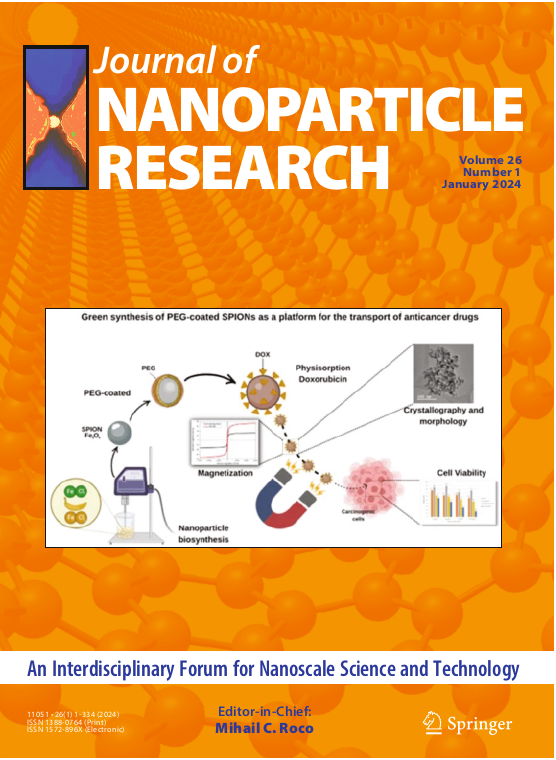Water soluble azide functionalized cobalt oxide nanoparticles
Abstract
The synthesis of water-soluble nanoparticles is a well-developed field for ferrite-based nanoparticles with the majority consisting of iron oxide or mixed metal iron oxide nanoparticles. However, the synthesis of non-agglomerated non-ferrite metal or metal oxide NPs is not as well established. The synthesis and characterization of uniform 20 nm, water-soluble cobalt oxide (CoO) nanoparticles (NPs) is described. These nanoparticles have two principle components: (1) a CoO core of suitable size to contain enough cobalt atoms to be visualized by X-ray fluorescence microscopy (XFM) and (2) a robust coating that inhibits NP aggregation as well as renders them water-soluble. Stable cobalt oxide NPs are initially obtained with octadecyl amine coatings as reported by Bhattacharjee. Two strategies for solubilizing these NPs in water were investigated with varying degrees of success. Exchanging the octadecyl amine coating for a nitrodopamine anchored PEG coating yielded the desired water-soluble NPs but in very low yield. Alternately, leaving the octadecyl amine coating on the NPs and interdigitating this with a maleic anhydride-vinyl copolymer with different hydrophobic sidechains followed by opening the maleic anhydride ring with amine substituted PEG polymers (the water solubilizing component), yielded the desired water-soluble NPs in good yield. Characterization data for the nanoparticles and the components of the coatings required for bioorthogonal reactions to ligate them with biotargeting agents are also described.


 求助内容:
求助内容: 应助结果提醒方式:
应助结果提醒方式:


